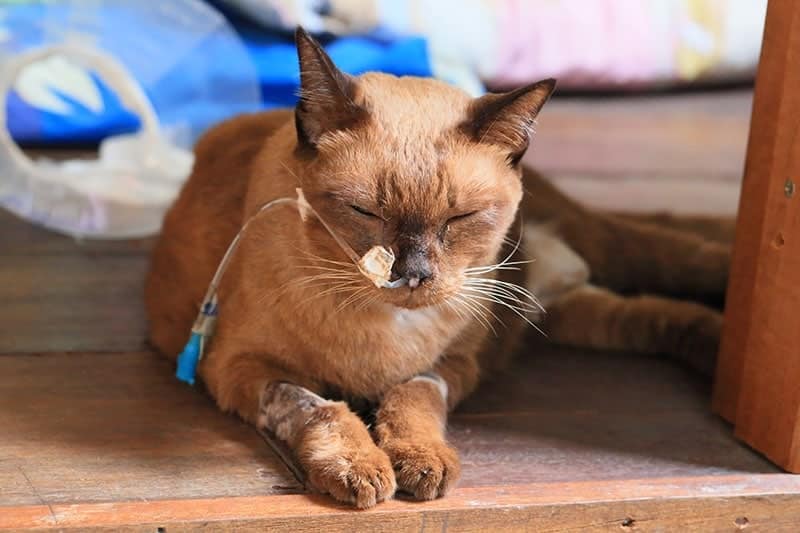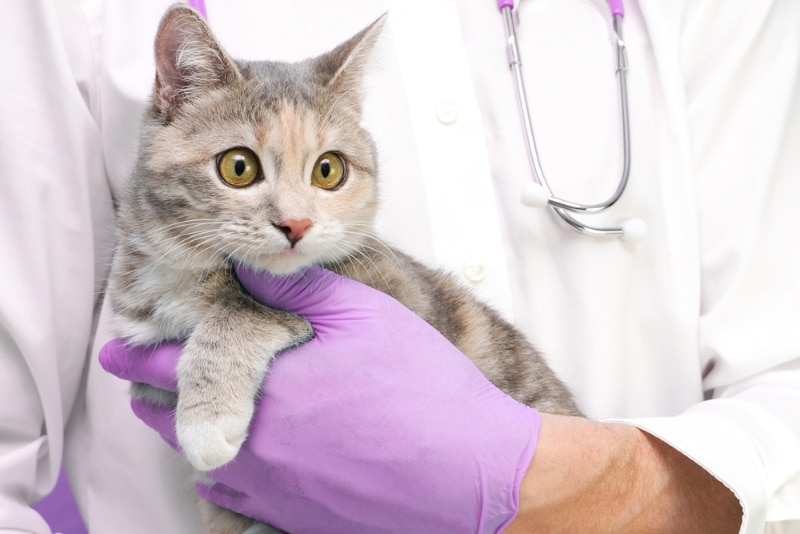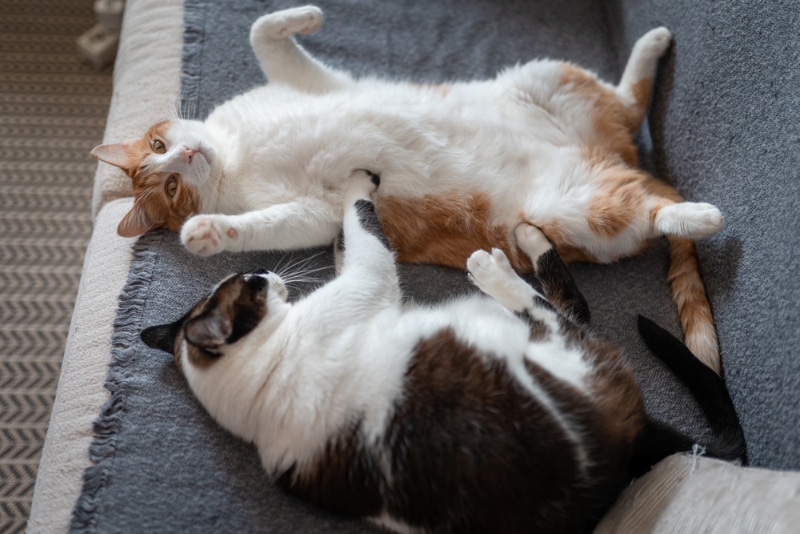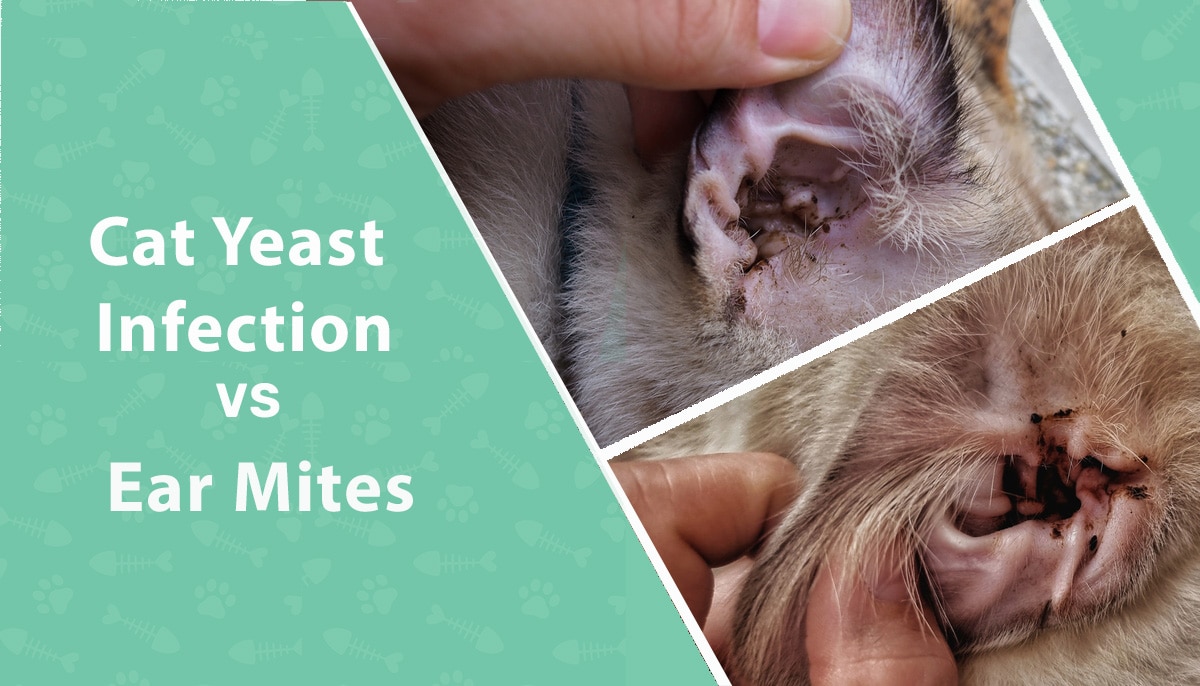It is many pet parents’ worst nightmare to receive the devastating news that their beloved pet has cancer. This unfortunate disease can affect different types of pets around the world, from our cherished felines to feathered birds, and even hamsters.
An estimated 30 to 40% of cats may suffer from cancer 1, with nearly a 1 in 5 chance of developing it 2. These are concerning statistics, and it’s therefore understandable why Pet Cancer Awareness Month was created.
Pet Cancer Awareness Month was created to bring awareness and raise funds for pets with cancer. The month can be celebrated in November by any pet parent or supporter.
About Pet Cancer Awareness Month
Pet Cancer Awareness Month was created by the Animal Cancer Foundation in 2005. The month is celebrated around the world and aims to bring awareness to cancer in pets. Funds are usually raised through donations to support comparative oncology research for both humans and pets. This research is incredibly important to understand naturally occurring cancers and provide pet parents with more insight into this devastating disease and possible treatments.
According to VetMed, feline cancer is not well-represented, and more research is needed. There seems to be less information on feline cancer than in dogs, which is quite concerning to cat parents and veterinary experts alike. Cancer in pets has no definite cure yet, and many pets fight a long and hard battle against this disease.
When Is It Celebrated?
Pet Cancer Awareness Month has been celebrated annually in November for over 18 years now. The month takes place from the 1st of November to the 30th of November each year.

How You Can Celebrate During Pet Cancer Awareness Month
Helping to raise awareness about pet cancer and supporting the fundraisers that happen during Pet Cancer Awareness Month is a great way to celebrate the day. Otherwise, the day can be focused on loving your cats with cancer, whether they are currently fighting the battle, have overcome it, or already lost their lives.
The Animal Cancer Foundation recommends we uplift others fighting cancer. This can be done by taking part in their awareness walk or inviting friends or family to join it. You can also share photos or videos of your cats on social media with the hashtag #curepetcancer.
You could even share your cat’s cancer stories on social media and your favorite photos of them too. If you are not fond of social media, you could speak about your pet’s cancer stories to friends or family. Some pet parents prefer to celebrate by lighting a candle every day in remembrance of their pet who lost their lives to cancer.
In Conclusion
Pet Cancer Awareness Month is all about bringing awareness to pets with cancer during November. It happens annually with efforts to raise funds for more research to understand how cancer can affect both pets and humans. Some people prefer to bring awareness during the month by partaking in fundraiser walks and social media posts, while others prefer a more private celebration to honor their pets.
Featured Image Credit: lev.studio, Shutterstock











